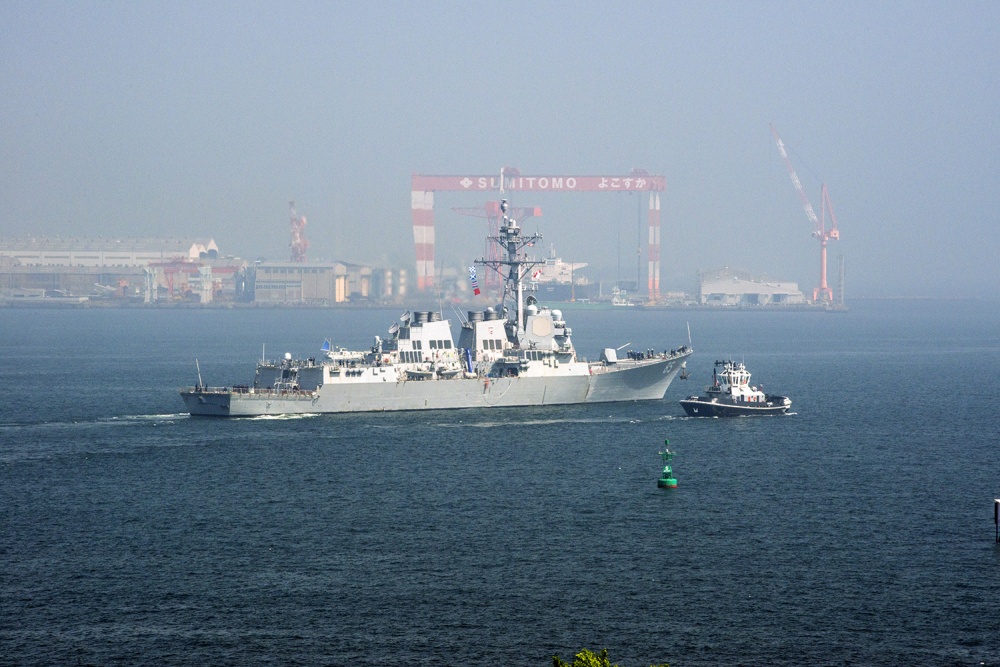China claims that DF-26 missiles are “capable of targeting medium and large ships”
As reported by CNN Philippines, China claims to have deployed missiles “capable of targeting medium and large ships” days after the latest U.S. Navy “freedom of navigation” operation near contested islands in the South China Sea, state media announced.
Originally announced on Jan. 8, 2018, on China Central Television, the deployment of the DF-26 ballistic missiles in China’s remote northwest plateau follows a mission from the US guided-missile destroyer USS McCampbell (DDG 85), which steamed close to the Paracel Islands the previous day.
Capable of hitting targets 3,400 miles (5,471 kilometers) away with nuclear or conventional warheads, the DF-26 was dubbed the “Guam killer” by analysts at the time because it would allow China to bring unprecedented firepower to the U.S. island territory—home to Andersen Air Force Base (AFB) and other key US military installations.
The 1.3 million-square-mile South China Sea has seen increasing tension in recent years, with China aggressively asserting its stake amid conflicting claims from several Southeast Asian nations.
“McCampbell sailed within 12 nautical miles of the Paracel Islands to challenge excessive maritime claims and preserve access to the waterways as governed by international law,” U.S. Pacific Fleet spokesperson Lt. j.g. Rachel McMarr said in a statement.
China accused the U.S. of trespassing on its territorial waters.
“The U.S. action violated the Chinese laws and international laws, infringed China’s sovereignty, damaged regional peace, security, and order,” Foreign Ministry spokesperson Lu Kang said on Monday. “China will take necessary actions to protect state sovereignty.”

However, the DF-26 missile mobilization “is a good reminder that China is capable of safeguarding its territory.”
Beijing built fortifications on contested islands, landed long-range bombers, and last year President Xi Jinping, who claims the area has been Chinese territory since “ancient times,” oversaw China’s largest-ever naval parade there.
Rear Admiral Lou Yuan, deputy head of the Chinese Academy of Military Sciences, told an audience in Shenzhen that the ongoing disputes over the ownership of the East and South China Seas could be resolved by sinking two U.S. Navy aircraft carriers.
The high-profile, hawkish military commentator reportedly declared the current trade spat was “definitely not simply friction over economics and trade,” but was instead a “prime strategic issue”.
His speech, delivered on Dec. 20 to the 2018 Military Industry List summit, declared that China’s new and highly capable anti-ship ballistic and cruise missiles were more than capable of hitting U.S. Navy carriers, despite them being at the center of a ‘bubble’ of defensive escorts.
“What the United States fears the most is taking casualties,” Admiral Lou claimed.
Yuan said the loss of one super carrier would cost the U.S. the lives of 5,000 servicemen and women. Sinking two would double that toll.
However, on December 31, 2018, the Pentagon formally notified Congress that it wanted to pursue the first dual-carrier contract since the late 1980s.

Photo by Ice Unshattered via Wikipedia Dod and U.S. Navy

